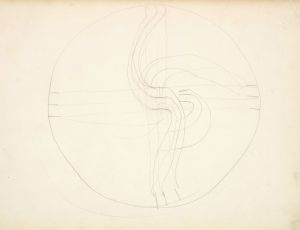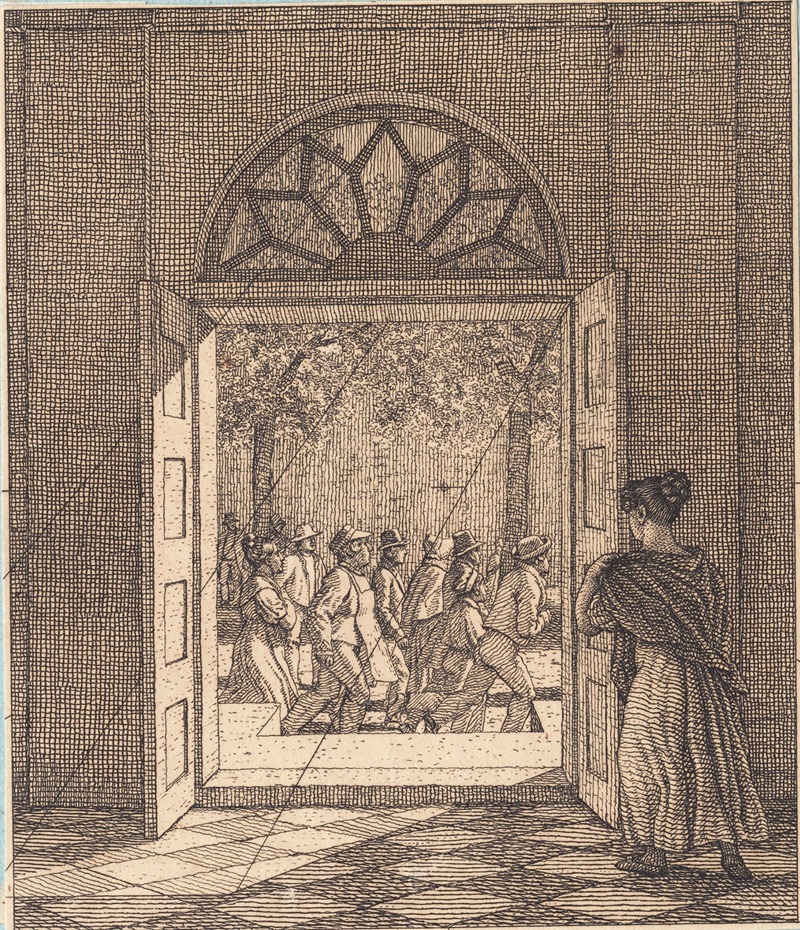
Fra en forstue Illustration til Linearperspectiven , Tavle VI
A hand-painted replica of Christoffer Wilhelm Eckersberg’s masterpiece Fra en forstue Illustration til Linearperspectiven , Tavle VI, meticulously crafted by professional artists to capture the true essence of the original. Each piece is created with museum-quality canvas and rare mineral pigments, carefully painted by experienced artists with delicate brushstrokes and rich, layered colors to perfectly recreate the texture of the original artwork. Unlike machine-printed reproductions, this hand-painted version brings the painting to life, infused with the artist’s emotions and skill in every stroke. Whether for personal collection or home decoration, it instantly elevates the artistic atmosphere of any space.
Christoffer Wilhelm Eckersberg, often referred to as the "father of Danish painting," was a prominent Danish artist and professor at the Royal Danish Academy of Fine Arts. His works are celebrated for their precision, clarity, and adherence to the principles of linear perspective, which he both practiced and taught. One of his lesser-known works, Fra en forstue. Illustration til Linearperspectiven, Tavle VI (translated as From an Entrance Hall. Illustration for Linear Perspective, Plate VI), exemplifies his dedication to the study and application of perspective in art.
This artwork was created as part of Eckersberg's efforts to teach and illustrate the principles of linear perspective. During his tenure as a professor at the Royal Danish Academy of Fine Arts, Eckersberg emphasized the importance of mastering perspective as a foundational skill for artists. He produced a series of instructional drawings and diagrams to accompany his teachings, and Fra en forstue. Illustration til Linearperspectiven, Tavle VI is one such example. The work was likely intended as a visual aid for students, demonstrating how perspective could be applied to architectural interiors.
The drawing depicts an entrance hall, rendered with meticulous attention to detail and a clear focus on the vanishing point. The composition showcases Eckersberg's ability to create depth and spatial coherence, guiding the viewer's eye through the scene. The use of linear perspective is evident in the alignment of architectural elements such as doorways, walls, and floors, which converge toward a single point on the horizon. This precise construction reflects Eckersberg's commitment to the scientific principles of perspective, which were central to his artistic philosophy.
Eckersberg's instructional works, including this piece, played a significant role in shaping the education of Danish artists in the 19th century. His teachings influenced a generation of painters, many of whom became prominent figures in the Danish Golden Age of painting. While Fra en forstue. Illustration til Linearperspectiven, Tavle VI may not be as widely recognized as some of Eckersberg's other works, it remains an important example of his dedication to both art and pedagogy.
The exact date of creation for this specific illustration is not documented, but it is consistent with Eckersberg's activities during his time as a professor, which spanned from 1818 to 1853. The work is typically categorized as an instructional drawing rather than a standalone piece of fine art, highlighting its functional purpose in the context of artistic education.
Today, Christoffer Wilhelm Eckersberg is remembered not only for his paintings but also for his contributions to art education and his role in advancing the understanding of perspective in visual art. Fra en forstue. Illustration til Linearperspectiven, Tavle VI serves as a testament to his legacy as both an artist and a teacher.





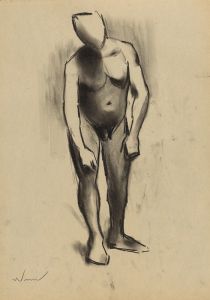
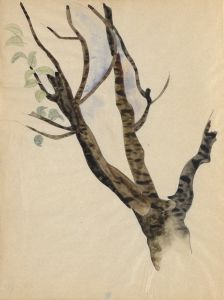
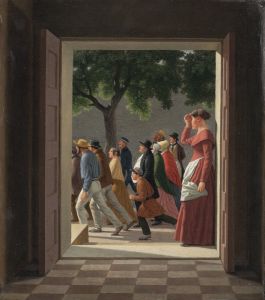

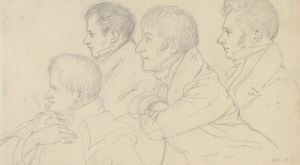
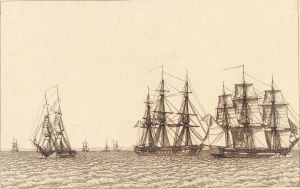
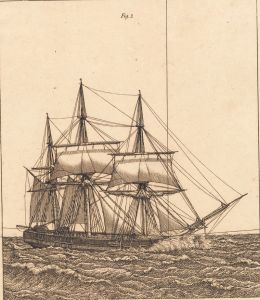
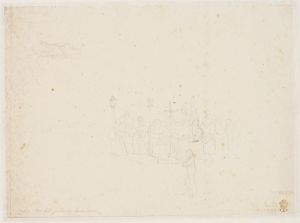
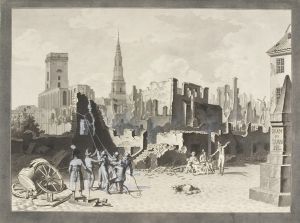

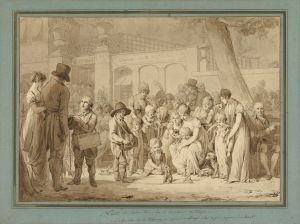
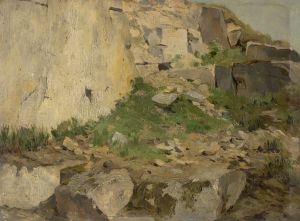
![Design drawings for the Theodore Weicker Apartment Building.] [Study for metalwork gate](/imgs/249281/s/winold-reiss-design-drawings-for-the-theodore-weicker-apartment-building-study-for-metalwork-gate-8a05d5e9.jpg)
